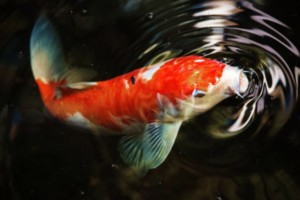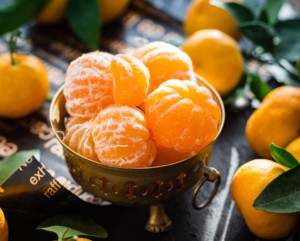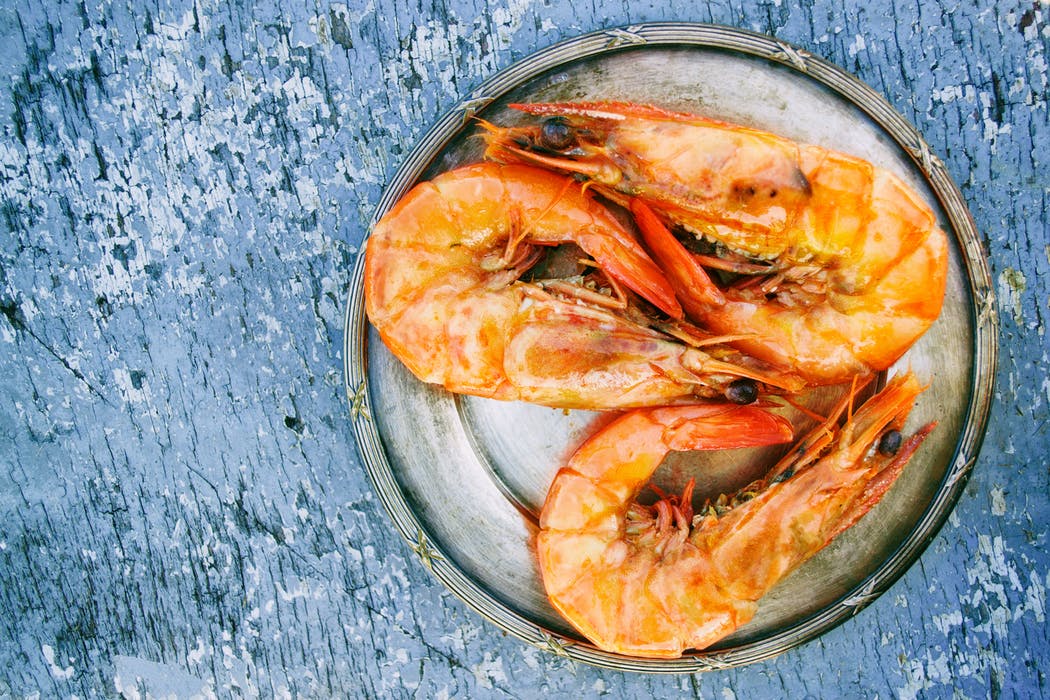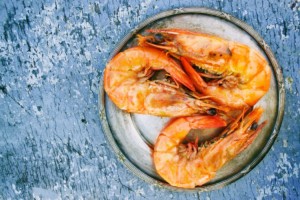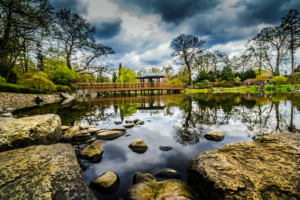Fats
Fat is important in a diet to carry energy and at-soluble vitamins to the fish. Fat supplies a dense energy source. However, fat is a dangerous component in foods because when it gets too high, it can cause the food to spoil more easily, and can even function as “moisture” for the growth of certain moulds. So manufacturers are VERY careful about the fat and moisture content of foods. Fat content of 3-9 % are safe, reasonable levels.
Carbohydrates
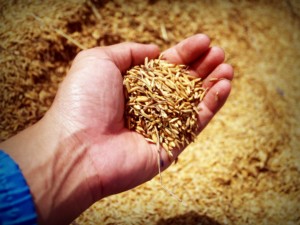
Carbohydrates are the immediate energy source for the fish. Due to their carnivorous nature of the eons, fish tend to be poor at utilizing carbohydrate (Trout are utterly diabetic) so they may store it in the muscle or discharge it in the waste. This doesn’t change the fact that it’s important. It’s usually not listed as a percentage on most fish food labels. I am not attaching too much significance to it in this article.
Minerals
Much discussion exists about the mineral requirements of fish. I personally recommend that if a food for Koi contains some extra calcium, and contains a low phosphorous, it could be considered “better” than a food that pays no attention to the Calcium and Phosphorus.
